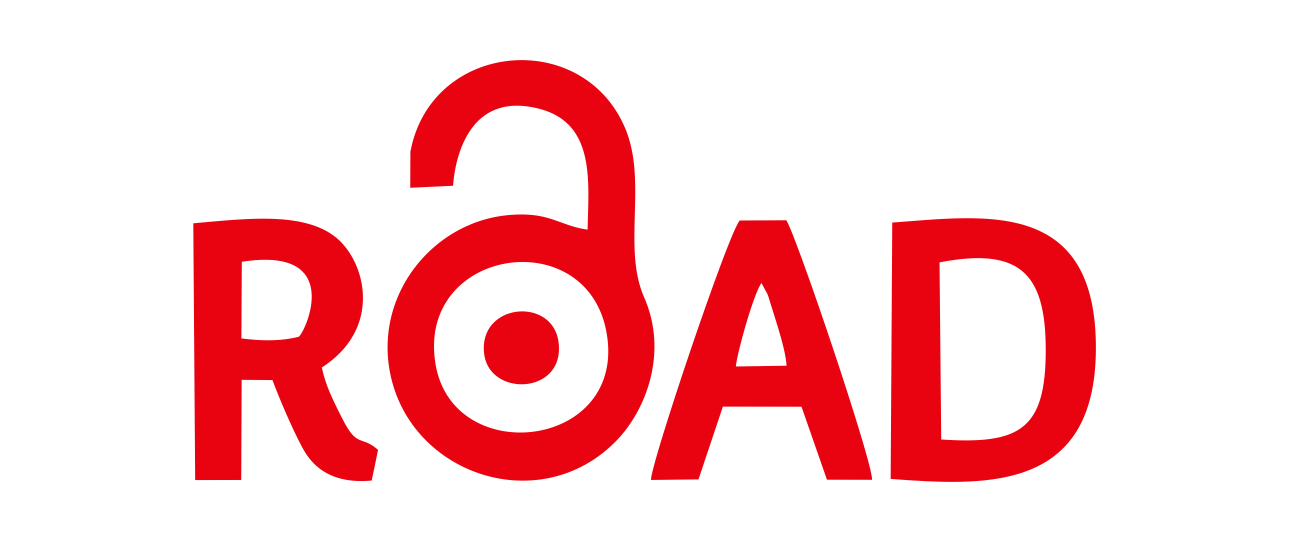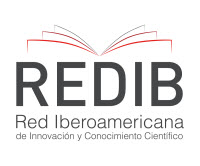The tourist demand of the hotel chain. Time series for a forecast model
Keywords:
Tourist demand; Efficacy; Efficiency; Time series.Abstract
In an increasingly uncertain world where world dynamics accelerates the way of managing processes in any sector, the forecast of tourist demand becomes very important. In this sense, the present research aims to forecast the tourist demand of the Cuban Hotel Chain of Pinar del Río, Cuba, until December 2019, through the use of time series techniques, which facilitate planning and decision-making. in this sector and in this way work towards the achievement of an integration in the productive chains, considering that tourism is one of the socioeconomic activities that activates many other sectors of production and services, as well as predicting the behavior of tourism. For this, the quantitative research method was used as the guiding method, based on the Box - Jenkins methodology and the Holt - Winters exponential smoothing method. It is also possible to characterize tourism management taking into consideration two indicators: cost per weight and average income per tourist, referring to efficiency and effectiveness respectively. In addition, a multivariate analysis of time series was carried out that made it possible to characterize the tourist activity in four fundamental stages in the hotel chain taken as the object of study.References
Al-Musaylh, M. S., Deo, R. C., Adamowski, J. F., & Li, Y. (2018). Short-term electricity demand forecasting with MARS, SVR and ARIMA models using aggregated demand data in Queensland, Australia. Advanced Engineering Informatics. https://doi.org/doi.org/10.1016/j.aei.2017.11.002
Bakar, N. A., & Rosbi, S. (2017). Autoregressive Integrated Moving Average (ARIMA) Model for Forecasting Cryptocurrency Exchange Rate in High Volatility Environment: A New Insight of Bitcoin Transaction. International Journal of Advanced Engineering Research and Science (IJAERS), 4(11). https://dx.doi.org/10.22161/ijaers.4.11.20
Barbosa, A. J., & Gutiérrez, O. P. (2010). Propuesta de un procedimiento para el análisis de la demanda turística. TURyDES, 3(7).
Box, G. E., Jenkins, G. M., & Reinsel, G. C. (1970). Time Series Analysis: Forecasting and Control. John Wiley & Sons, Inc.
Brown, R. G. (1959). Statistical forecasting for inventory control. McGraw/Hil.
Castillo, L. A. F. (2017). Forecast of the National Index of Consumer Prices. Ricea: Revista Iberoamericana de Contaduría, Economía y Administración, 6(12). https://doi.org/10.23913/ricea.v6i12.95
Castro, A. D., & Fernández, R. M. (2014). Pronóstico de la demanda turística hacia Cuba considerando el impacto del cambio climático. Revista Caribeña de Ciencias Sociales. https://econpapers.repec.org/article/ervrccsrc/y_3a2014_3ai_3a2014_5f08_3a01.htm
Crouch, G. I. (1994). The Study of International Tourism Demand: A Survey of Practice. Journal of Travel Research, 32(4), 41-55. https://doi.org/10.1177/004728759403200408
Cruz-Rodríguez, D. S., & González-Laucirica, Á. M. (2014). Turismo senior: Análisis del comportamiento de las edades de los clientes que visitan el hotel x. varadero, cuba. RES NON VERBA, 5, 11.
Díaz-Pompa, F., Leyva-Fernández, L. de la C., Pérez, O. L. O., & Mulet, Y. S. (2020). El turismo rural sostenible en Holguín. Estudio prospectivo panorama 2030. El Periplo Sustentable, 38, 174-193. https://doi.org/10.36677/elperiplo.v0i38.9265
Feng, Y., Li, G., Sun, X., & Li, J. (2019). Forecasting the number of inbound tourists with Google Trends. Procedia Computer Science, 162, 628-633. https://doi.org/10.1016/j.procs.2019.12.032
Gómez, A. L. S. (2012). El pronóstico de la demanda turística incluyendo variables mercadológicas. Turismo y Desarrollo Local, 12.
Hącia, E. (2019). The role of tourism in the development of the city. Transportation Research Procedia, 39, 104-111. https://doi.org/10.1016/j.trpro.2019.06.012
Holt, C. C. (1957). Forecasting seasonals and trends by exponentially weighted averages. Office of Naval Research.
Jadhav, V., Reddy, B. V. C., & Gaddi, G. M. (2017). Application of ARIMA Model for Forecasting Agricultural Prices. Journal of Agricultural Science and Technology, 19(5), 981-992.
Li, C., Ge, P., Liu, Z., & Zheng, W. (2020). Forecasting tourist arrivals using denoising and potential factors. Annals of Tourism Research, 83, 102943. https://doi.org/10.1016/j.annals.2020.102943
Li, G., Song, H., & Witt, S. F. (2005). Recent developments in econometric modeling and forecasting. Journal of Travel Research, 44(1), 82–99.
Li, S., Chen, T., Wang, L., & Ming, C. (2018). Effective tourist volume forecasting supported by PCA and improved BPNN using Baidu index. Tourism Management, 68, 116-126. https://doi.org/10.1016/j.tourman.2018.03.006
Liu, H., Li, C., Shao, Y., Zhang, X., Zhai, Z., Wang, X., Qi, X., Wang, J., Hao, Y., Wu, Q., & Jiao, M. (2020). Forecast of the trend in incidence of acute hemorrhagic conjunctivitis in China from 2011–2019 using the Seasonal Autoregressive Integrated Moving Average (SARIMA) and Exponential Smoothing (ETS) models. Journal of Infection and Public Health, 13(2), 287-294. https://doi.org/10.1016/j.jiph.2019.12.008
Madrazo, L. M. R., Campdesuñer, R. P., Hernández, M. E. N., & Ferrer, J. G. (2009). Modelo y procedimiento para la gestión de la demanda turística. Ciencias Holguín, 15(3), 1–12.
Milenković, M., Švadlenka, L., Melichar, V., Bojović, N., & Avramović, Z. (2018). Sarima modelling approach for railway passenger flow forecasting. Transport, 33(5), 1113–1120. https://doi.org/10.3846/16484142.2016.1139623
Petrevska, B. (2017). Predicting tourism demand by A.R.I.M.A. models. Economic Research-Ekonomska Istraživanja, 30(1), 939-950. https://doi.org/10.1080/1331677X.2017.1314822
Rahman, A., & Ahmar, A. S. (2017). Forecasting of primary energy consumption data in the United States: A comparison between ARIMA and Holter-Winters models. American Institute of Physics. http://dx.doi.org/10.1063/1.5002357
Song, H., & Li, G. (2008). Tourism demand modelling and forecasting—A review of recent research. Tourism Management, 29(2), 203-220. https://doi.org/10.1016/j.tourman.2007.07.016
Song, H., Qiu, R. T. R., & Park, J. (2019). A review of research on tourism demand forecasting: Launching the Annals of Tourism Research Curated Collection on tourism demand forecasting. Annals of Tourism Research, 75, 338-362. https://doi.org/10.1016/j.annals.2018.12.001
Su, Y., Gao, W., Guan, D., & Su, W. (2018). Dynamic assessment and forecast of urban water ecological footprint based on exponential smoothing analysis. Journal of Cleaner Production, 195, 354-364. https://doi.org/10.1016/j.jclepro.2018.05.184
Winters, P. R. (1960). Forecasting Sales by Exponentially Weighted Moving Averages. Management Science, 6(3), 324-342. https://doi.org/10.1287/mnsc.6.3.324
Wu, D. C., Song, H., & Shen, S. (2017). New developments in tourism and hotel demand modeling and forecasting. International Journal of Contemporary Hospitality Management, 29(1), 507-529. https://doi.org/10.1108/IJCHM-05-2015-0249
Xie, G., Qian, Y., & Wang, S. (2020). A decomposition-ensemble approach for tourism forecasting. Annals of Tourism Research, 81, 102891. https://doi.org/10.1016/j.annals.2020.102891
Published
How to Cite
Issue
Section
License
Copyright (c) 2020 Reinier Fernández López, José Alberto Vilalta Alonso, Arely Quintero Silverio, Ledy Díaz González
The works published in this magazine are under the Creative Commons Attribution-NonCommercial 2.5 Argentina license.
Important: The author is the owner of the rights to exploit the contents of the article of his authorship.
You are free to:
Share — copy and redistribute the material in any medium or format.
Adapt — remix, transform and build from the material.
The licensor cannot revoke these liberties as long as you follow the terms of the license.
Under the following terms:
Attribution - You must give appropriate credit, provide a link to the license, and indicate if any changes have been made. You may do so in any reasonable way, but not in a way that suggests that you or your use is endorsed by the licensor.
Non-Commercial - You may not use the material for commercial purposes.
There are no additional restrictions - You cannot apply legal terms or technological measures that legally restrict others to make any use permitted by the license.




















